Disasters and Emergencies
Breadcrumb
Discover Disaster Preparedness
A disaster can result from a natural occurrence such as a hurricane, tornado, flood or earthquake. It might also be man-made, like a bioterrorist attack or chemical spill.
Recognizing the risks and danger signs of different hazards, creating a disaster plan, knowing how to treat basic medical problems, and readying in advance to evacuate your home can reduce fear, anxiety and losses. More importantly, disaster and emergency preparedness may save your life. Source: MedlinePlus
In observance of National Preparedness Month, the NNLM Reading Club has selected books and gathered information from trustworthy resources to help you take action and stay safe. But don't wait for a special month! Select a book now and get the conversation started.
Discover NIH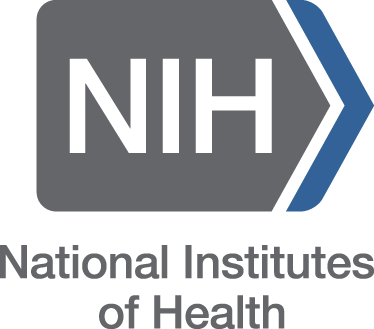
The National Institutes of Health (NIH), a part of the U.S. Department of Health and Human Services, is the nation’s medical research agency — making important discoveries that improve health and save lives. NIH is made up of 27 Institutes and Centers, each with a specific research agenda, often focusing on particular diseases or body systems.
The Network of the National Library of Medicine is an education outreach program of the National Library of Medicine, the largest biomedical library in the world. The outreach efforts of the NNLM assure that researchers, health professionals, the public health workforce and the public are aware of and have access to quality health information available from NLM and the NNLM.
- NNLM Emergency Preparedness Guide is an online collection of resources and tools that are relevant to disaster and emergency management
- Less Ostrich, more Owl. Five Steps to Quickly Improve Your Library’s Ability to Respond to a Sudden Disaster from 9/22/21
- Ransomware Attacks: What Medical Librarians Need to Know from 12/9/21
- Inclusive Disaster Planning: Considering the Needs of People with Disabilities from 9/27/22
Discover More
Accidents and emergencies can happen anywhere, at any time. Whoever you are, whatever you do or where ever you are, there is a resource that will help you prepare.
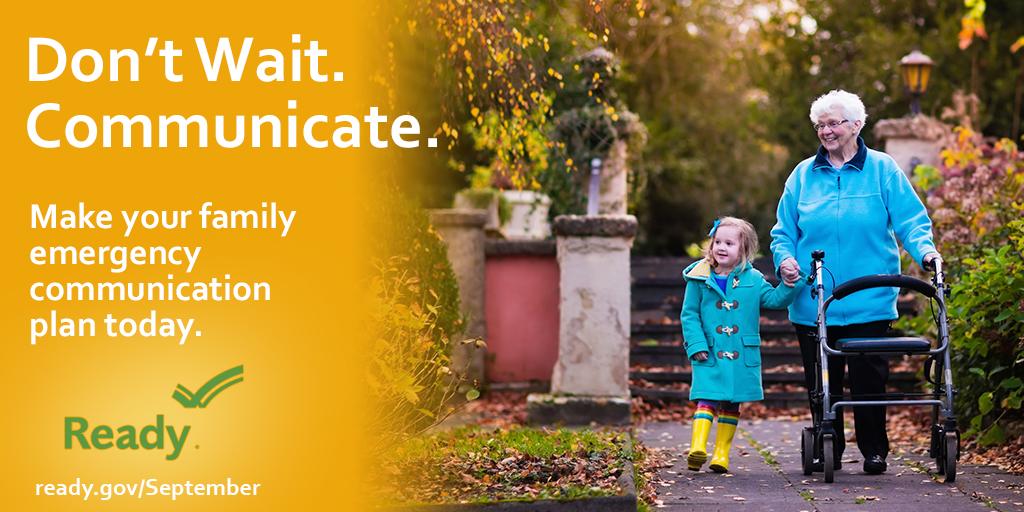
Ready.gov is a National public service campaign designed to educate and empower the American people to prepare for, respond to and mitigate emergencies, including natural and man-made disasters. The goal of the campaign is to promote preparedness through public involvement. Use their National Preparedness Month Social Media Toolkit to raise awareness and share information. Assemble a basic disaster supplies kit with Build A Kit or discuss a your plan of action with your family using Make a Plan. Ready.gov is available in multiple languages.
The National Center for Chronic Disease Prevention and Health Promotion (NCCDPHP) of the Centers for Disease Control and Prevention (CDC) provides guidance for How to Manage Your Chronic Disease During a Disaster:
Create a “go-kit” for emergencies:
- At least one week’s worth of medical supplies and equipment
- Contact information for health care providers and emergency contacts
- A medication list with doses and dosing schedules
- A list of your allergies
- Information about any medical devices you use
- At least a three-day supply of any foods needed to manage your condition
- Copies of your insurance card and photo ID
- Copies of recent lab work you might need
Source: NIH News in Health, August 2020
Inclusive Emergency Preparedness
- Inclusive Disaster Planning: Considering the Needs of People with Disabilities | NNLM (class recording and resource list)
- Children and Youth with Special Healthcare Needs in Emergencies | CDC
- Disability and Health Emergency Preparedness | CDC
 Applications
Applications
You can have access to expert advice and resources to help a family member, neighbor or bystander, if necessary, right in the palm of your hand. Tap here to download the Red Cross First Aid App or visit your App Store and search ‘Red Cross First Aid.’
Training
The National Center for Disaster Medicine and Public Health (NCDMPH) offers a FREE, eight-hour, online Disaster Health Core Curriculum intended for a wide range of health professionals. The course consists of eleven, 20 – 60 minute online competencies covering various disaster health topics such as personal or family preparedness, communication, ethical and legal issues encountered in disasters, and much more.
The Federal Emergency Management Agency (FEMA) offers free Hazard Info Sheets for many public emergency situations. FEMA also funds community preparedness activities such as:
- FEMA’s Organizations Preparing for Emergency Needs (OPEN) training for faith-based organizations, local businesses and community organizations such as homeless shelters, food pantries, nonprofit medical providers and senior care facilities
- You are the Help Until the Help Arrives workshops in partnership with community organizations to increase individual preparedness
First AID for Severe Trauma (FAST) is the first national STOP THE BLEED® course designed specifically for high school students, but anyone can take the course and benefit from the training.
Featured Books
-
Title: A Fire StoryPublisher Abrams ComicArtsYear published 2019Book image
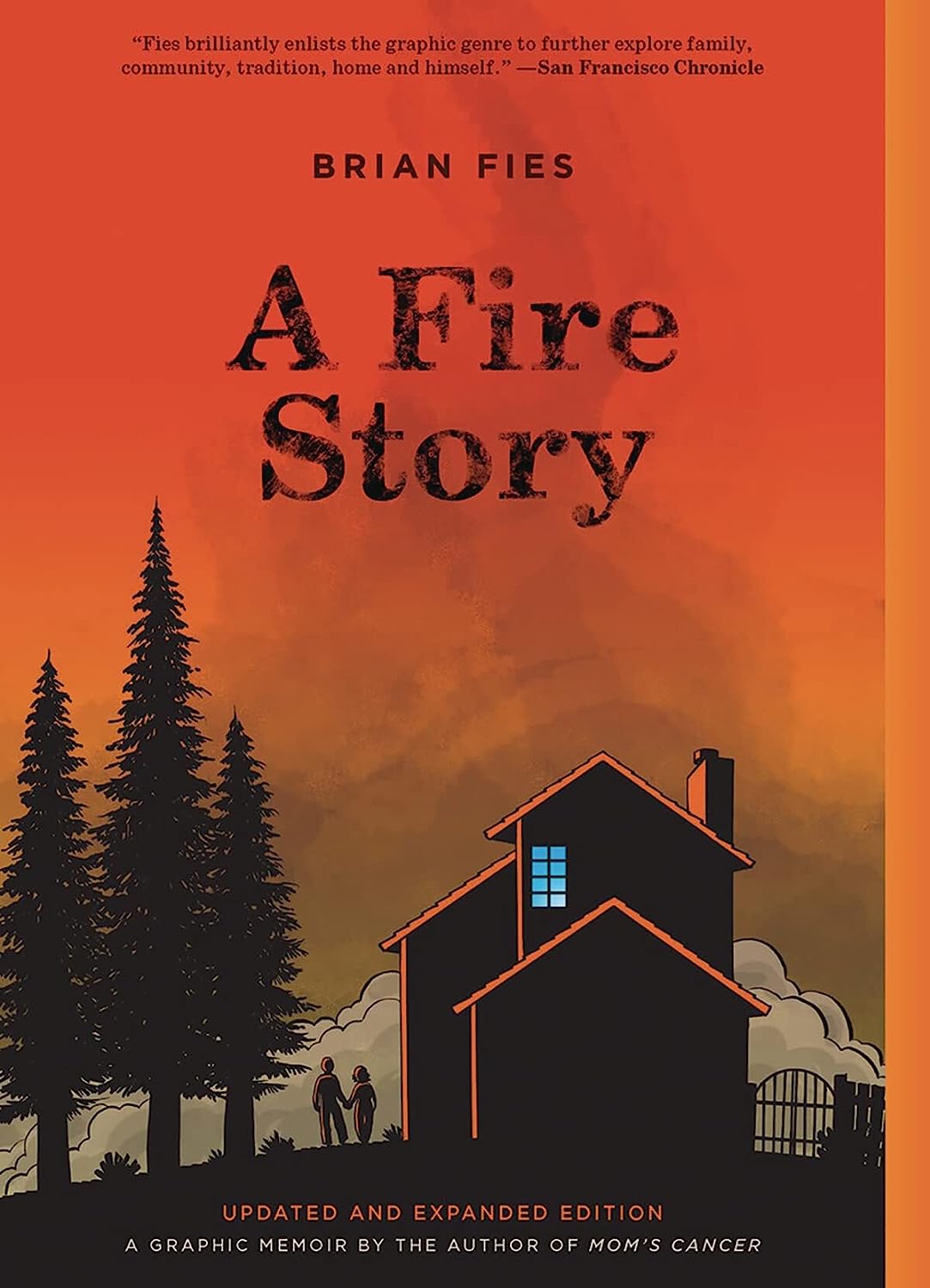
-
Title: The Devil Never SleepsPublisher PublicAffairsYear published 2022Book image
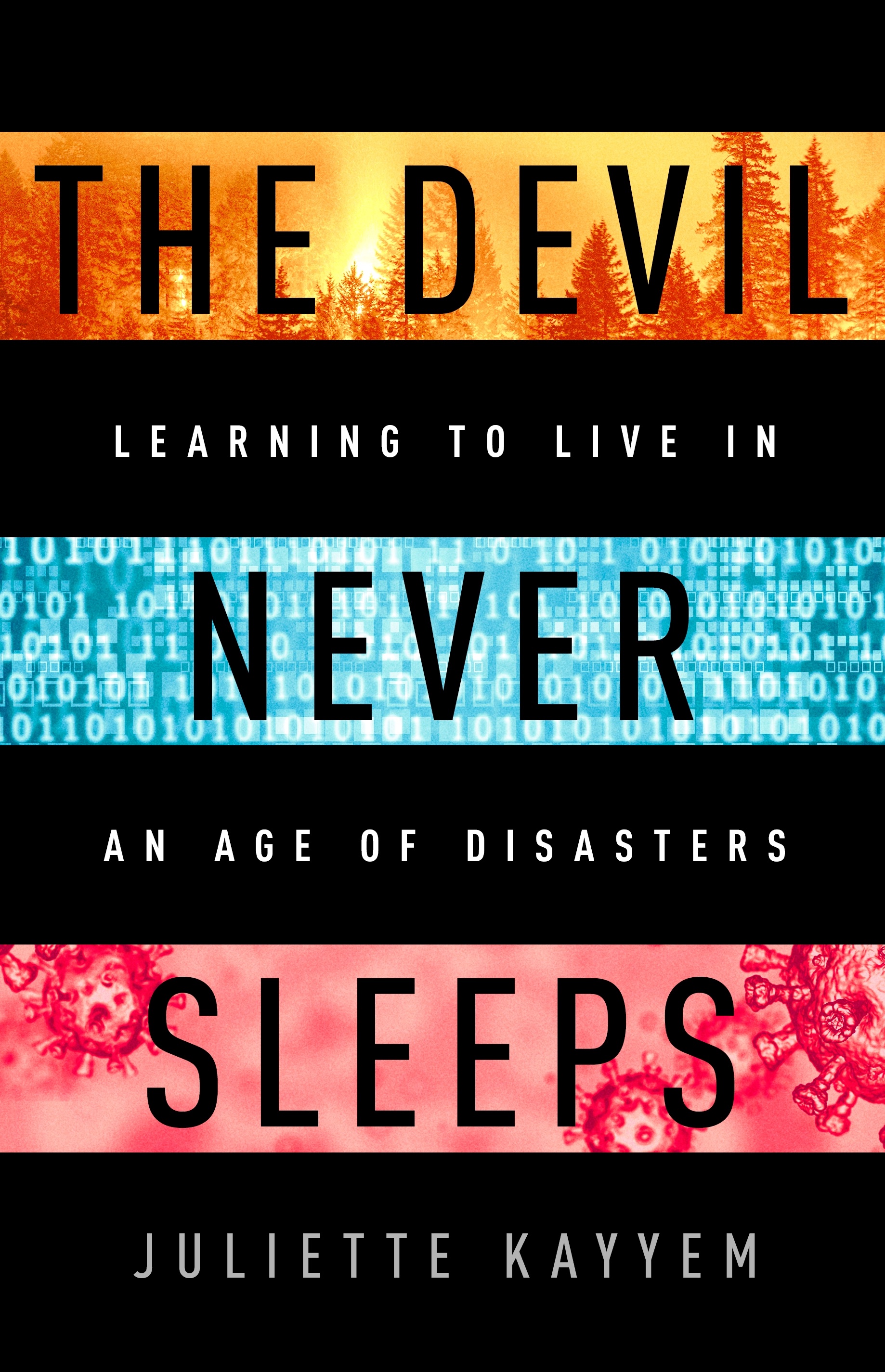
-
Title: Walk Through FirePublisher Citadel PressYear published 2023Book image
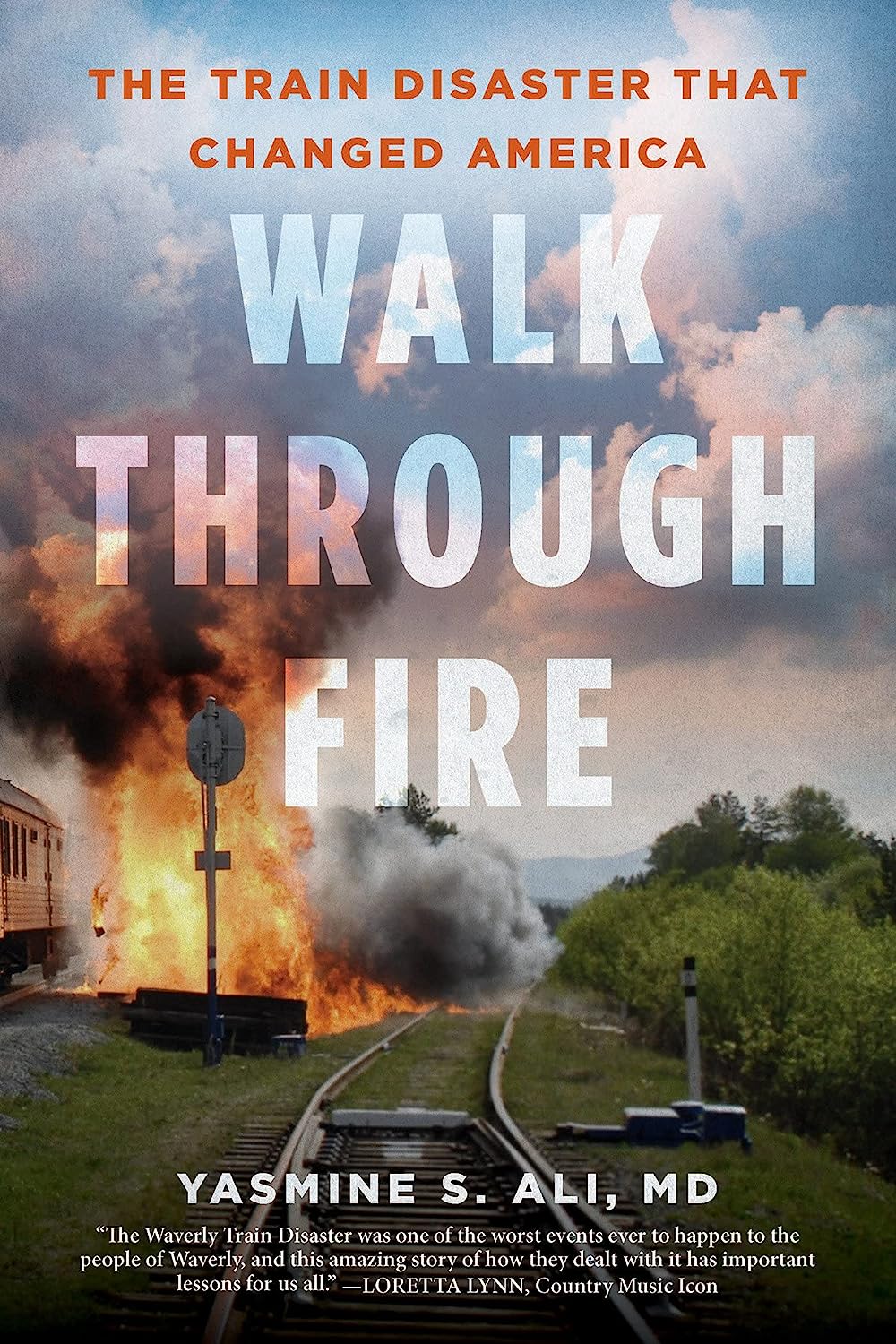
Terms of use: Network of the National Library of Medicine (NNLM) staff offer these health discussion resources for educational use. The materials included do not necessarily reflect the views or opinions of the author, publisher, or the sponsoring agencies of the National Library of Medicine (NLM) and the National Institutes of Health (NIH).
